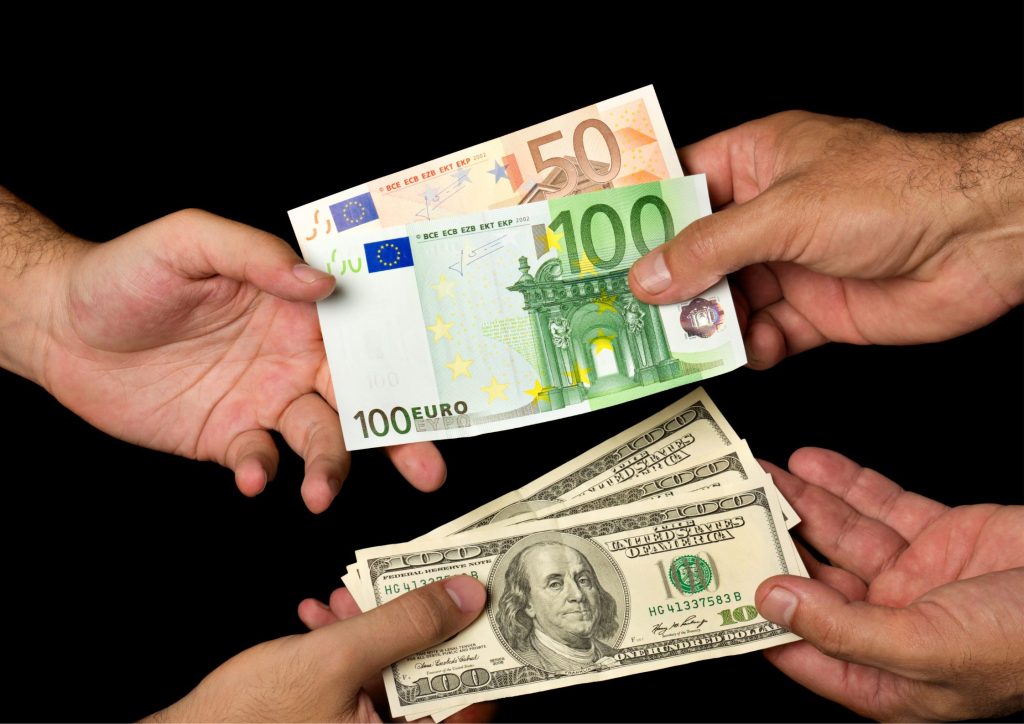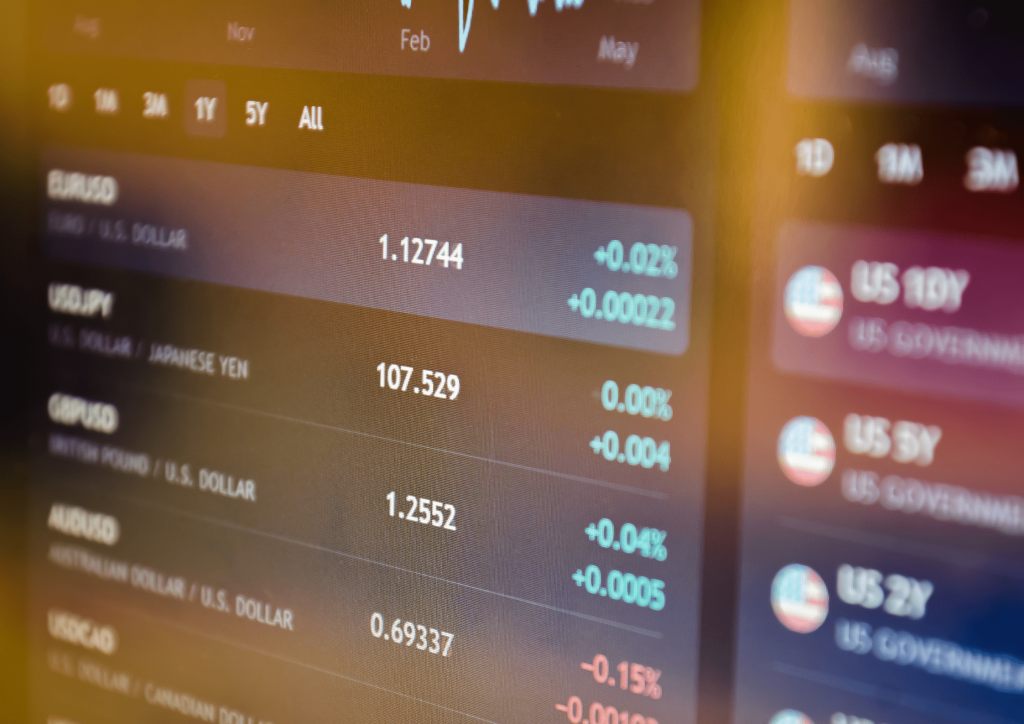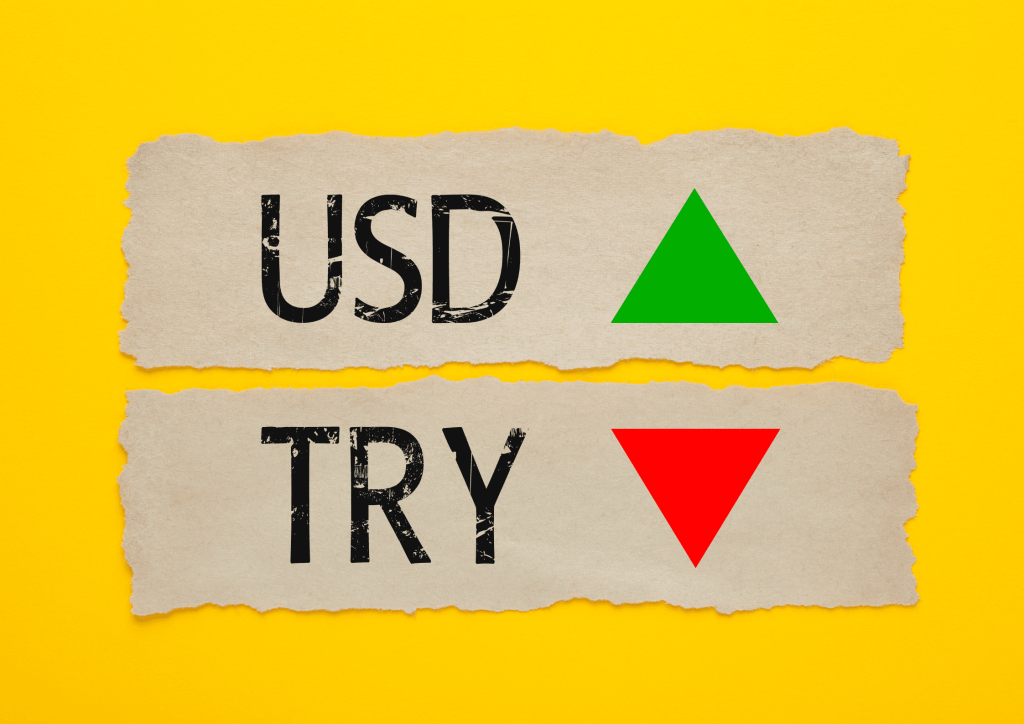Forex trading, commonly referred to as foreign exchange or currency trading, is the process of converting one currency into another with the intention of making money from changes in exchange rates. Currency pairings, which are the foundation of the Forex market, are essential knowledge for successful trading.
Also Read: Best Forex Pairs To Trade
Understanding Currency Pairs

Currency pairs are the foundation of the foreign exchange market, also known as the forex market, which is the largest financial market in the world. In the forex market, traders buy and sell currencies to make a profit.
Currency pairs are formed by two currencies, with the first currency being the base currency and the second currency being the quote currency. Understanding currency pairs is essential for trading currencies, as it enables traders to assess the relative value of two currencies and make informed trading decisions.
A thorough knowledge of the second currency in a currency pair can help traders identify trading opportunities and manage risk, while an understanding of the base currency can help traders assess the potential return on their investment.
What are Currency Pairs?
Currency pairs serve as the backbone of Forex trading, illustrating the value of one currency in relation to another. For instance, if the EUR/USD currency pair is trading at 1.2000, it signifies that 1 Euro (EUR) is equivalent to 1.2000 US dollars (USD). This link enables traders to profit from swings in currency values.

Currency pairs are divided into three types: major pairs, minor pairs, and exotic pairs. The classification is based on characteristics such as trade volume, liquidity, and the currency's worldwide economic importance.
Major Currency Pairs
Major currency pairs are considered less volatile than minor and exotic currency pairs, making them more predictable and easier to trade. They are typically traded with tight spreads and offer high liquidity, making them popular among traders of all levels.

The most often traded currency pairs in the world are the US dollar (USD), Euro (EUR), Japanese yen (JPY), British pound (GBP), Swiss franc (CHF), Canadian dollar (CAD), Australian dollar (AUD), and New Zealand dollar (NZD). The major pairs are as follows:
- EUR/USD: Euro / US Dollar
- USD/JPY: US Dollar / Japanese Yen
- GBP/USD: British Pound / US Dollar
- USD/CHF: US Dollar / Swiss Franc
- AUD/USD: Australian Dollar / US Dollar
- USD/CAD: US Dollar / Canadian Dollar
- NZD/USD: New Zealand Dollar / US Dollar
Major currency pairs account for around 85% of global Forex trading volume. They offer high liquidity, tight spreads, and frequent price movements, making them popular among traders.
Minor Currency Pairs
Minor currency pairs, also known as cross-currency pairs, do not involve the US dollar. They are composed of other major currencies, such as the Euro, Japanese yen, and British pound.

These currency pairs are less frequently traded than major currency pairs, but they can still offer profitable trading opportunities for Forex traders. Since minor currency pairs are less liquid than major currency pairs, they tend to have wider bid-ask spreads and may experience greater price fluctuations.
Traders who wish to trade minor currency pairs may need to be prepared to deal with higher volatility and potentially greater risk. Some common minor pairs include:
- EUR/GBP: Euro / British Pound
- EUR/JPY: Euro / Japanese Yen
- GBP/JPY: British Pound / Japanese Yen
- AUD/JPY: Australian Dollar / Japanese Yen
- NZD/JPY: New Zealand Dollar / Japanese Yen
- GBP/CAD: British Pound / Canadian Dollar
- EUR/AUD: Euro / Australian Dollar
While minor pairs are less liquid and have wider spreads than major pairs, they still offer significant trading opportunities due to their strong correlation with major economic regions.
Exotic Currency Pairs
Exotic currency pairs are less frequently traded than major and minor currency pairs and may be more volatile due to the higher risk associated with emerging market economies. Exotic currency pairs often have wider spreads and lower liquidity, making them more difficult to trade for novice traders.

However, experienced traders may find profitable trading opportunities in exotic currency pairs due to their unique price movements and potentially large profit margins.
Exotic currency pairs consist of one major currency paired with the currency of an emerging or smaller economy, such as Brazil, Mexico, South Africa, or Turkey. Examples of exotic pairs include:
- USD/ZAR: US Dollar / South African Rand
- USD/MXN: US Dollar / Mexican Peso
- USD/TRY: US Dollar / Turkish Lira
- EUR/SEK: Euro / Swedish Krona
- USD/SGD: US Dollar / Singapore Dollar
Exotic pairs generally have lower trading volumes and less liquidity compared to major and minor pairs. As a result, they often have wider spreads and can be more volatile, presenting both risks and opportunities for traders.
Factors Influencing Currency Pairs

Several factors contribute to the value of currency pairs and being aware of these factors can help traders make informed decisions. Below are some essential factors that influence currency pairs:
Economic indicators
Economic data, such as GDP, inflation, unemployment rates, and trade balances, can significantly impact a country's currency value. For instance, a higher GDP usually signifies a stronger economy, leading to a stronger currency, while higher inflation can weaken a currency.
Central bank policies
Monetary policies adopted by central banks, such as interest rates, quantitative easing, and other measures, can also affect the strength of a currency. For example, if a central bank raises interest rates, this might enhance demand for the currency and cause its value to rise.
Political events
Elections, political unrest, and global relations can all have an impact on a country's currency value, causing changes in the performance of the currency pair. For instance, a stable administration and solid diplomatic ties can increase investor confidence, which raises the value of the currency.
Market sentiment
Changes in currency pairs can be caused by changes in traders' general attitudes about a currency. For instance, if traders view a certain currency as a safe-haven asset, this may raise demand for that currency and, as a result, enhance its value.
Geopolitical occurrences
Conflicts, natural disasters, and other geopolitical events can raise uncertainty and cause changes in the value of currencies. For instance, a country's economy may suffer as a result of a natural calamity, depreciating its currency.
Choosing the Right Currency Pairs for Your Trading Strategy

Selecting the appropriate currency pairs to trade is essential for maximizing your potential profits and aligning with your trading strategy.
Keep the following factors in mind when choosing currency pairs:
Liquidity
Major currency pairs typically offer higher liquidity and tighter spreads, leading to lower transaction costs and more predictable price movements. Examples include EUR/USD, USD/JPY, and GBP/USD.
Volatility
Traders who seek larger price swings may opt for more volatile currency pairs, such as exotic pairs like USD/TRY or EUR/ZAR. However, increased volatility also comes with higher risk.
Trading strategy
Certain trading strategies, like trend-following or range-bound approaches, may be better suited for specific currency pairs based on their historical price behavior. For example, trend-following strategies might work well with GBP/JPY, while range-bound strategies could be more effective with EUR/CHF.
Correlation
Be mindful of the correlation between different currency pairs, as it can help you diversify your portfolio and manage risk. If you are already trading the EUR/USD, consider adding a less correlated pair like AUD/JPY to your portfolio for better risk distribution.
Trading session
The time of day you trade can impact the liquidity and volatility of currency pairs. For instance, EUR/USD and GBP/USD tend to be more active during the European and US trading sessions, while AUD/JPY and NZD/JPY might experience higher activity during the Asian trading session.
Currency Pair Characteristics and Risk Management

Understanding the characteristics of different currency pairs is crucial for effective risk management. Each currency pair has its own level of volatility, liquidity, and sensitivity to economic events.
Position Sizing
Modify your position size based on the currency pair's volatility and your risk tolerance. For more volatile pairs, such as GBP/JPY or USD/ZAR, consider using smaller position sizes to limit potential losses, whereas more stable pairs like EUR/USD may allow for larger positions.
Stop Loss Orders
Implement stop-loss orders to protect your trades and limit losses if the market moves against your position. More volatile currency pairs may require wider stop loss levels to accommodate larger price swings, while less volatile pairs may need tighter stops.
Diversification
Minimize risk by diversifying your portfolio and trading multiple currency pairs. By spreading your investment across various pairs, you can reduce the impact of a single currency pair's poor performance on your overall results.
Monitor News and Economic Events
Stay up-to-date with the factors affecting the currency pairs you trade. This includes economic data releases (such as GDP, inflation, and employment data), central bank policy announcements, and geopolitical events.
Also Read: A Forex Trade from the start to the end
Conclusion
Understanding the differences between major, minor, and exotic currency pairs is essential for Forex traders looking to develop a solid trading strategy. By considering factors such as liquidity, volatility, trading session, and correlation, traders can select the most suitable currency pairs for their trading approach and manage risk more effectively. Stay informed about the factors that influence currency pair values, and continuously refine your trading skills to achieve success in the Forex market.
FAQS
What are the most commonly traded major currency pairs?
The most commonly traded major currency pairs are EUR/USD, USD/JPY, GBP/USD, and USD/CHF. These currency pairs are highly liquid and offer tight bid-ask spreads, making them ideal for beginner and experienced traders alike.
Are exotic currency pairs riskier than major currency pairs?
Exotic currency pairs are generally considered riskier than major currency pairs due to their lower trading volume and wider bid-ask spreads. Traders who wish to trade exotic currency pairs should be aware of the potential risks involved and implement appropriate risk management strategies.
How can I determine which currency pairs are suitable for my trading strategy?
Traders can determine which currency pairs are suitable for their trading strategy by considering factors such as liquidity, volatility, and correlation with other currency pairs. It is important to choose currency pairs that align with your trading goals, risk tolerance, and overall strategy.

















